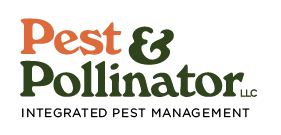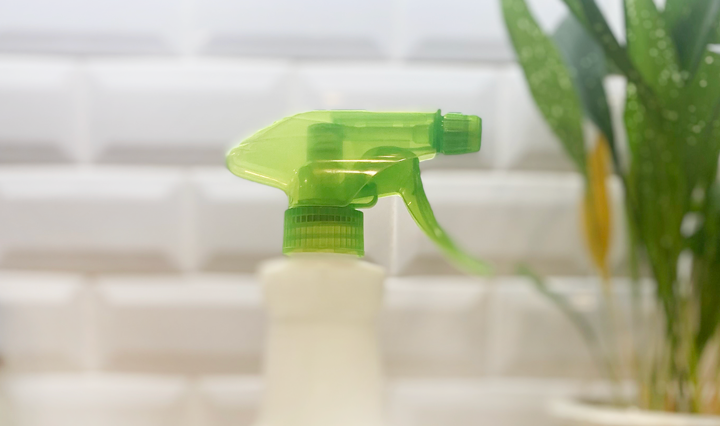After the fifth trip to the hardware store for ant control baits & sprays, you might ask yourself: “What pesticides do pest control companies use?” This article summarizes a few chemical classes and how they’re used by pest control professionals. We’ll also make some recommendations for pest control pollinator safety.
Which Chemicals Do Pest Control Companies Use?
Today there’s HUGE interest in reducing pesticide use for ecological safety and human health reasons.
Before we take a look at the chemicals your pest control company might be using, let’s start with early pesticides and why we used them.
Are Insecticides Harmful to Humans?
The insecticide DDT and other early pesticides were marketed to control emerging invasive crop pests in the post-war era of the 1950’s. You may have heard of DDT as a common example of dangerous pesticide overuse. It was infamous for insect resistance and harming birds & wildlife. DDT contaminated soils and groundwater, accumulating in animals’ fatty tissue & appearing in unexpected places in the envionment.
Rachel Carson’s 1962 book Silent Spring highlighted these risks. In 1972 the EPA banned the use of DDT in the United States, however it is still used in many countries today.
Yes, older insecticides are probably harmful to humans over long term exposure. DDT has been linked to cancer in mammals, is possibly carcinogenic to humans, and may cause reproductive harm.
DDT was sprayed for agriculture, pest control and was originally used as mosquito vector control for soldiers.
Exterminator Chemicals
This lead to the next class of insect & mosquito killer chemicals; organophosphates. Examples include Orthene (acephate) and Malathion. Organophosphates work by inhibiting acetylcholinesterase, a neurotransmitter essential for the normal function of insects, humans and animals.
Exposure by inhalation, ingestion and dermal absorption can cause a toxic build up of acetylcholine in the body. Gradually this can lead to neurotoxic effects.
In 2001, the EPA banned all pesticide products containing organophosphates for residential uses. However forty-some organophosphate products remain registered for use against agricultural pests today.
Home Pest Control Chemicals
Fortunately, there have been many 21st century developments in pesticide technology. Pest professionals have access to new and safer ways of managing ants, cockroaches and other pests around the home.
Newly registered classes of pesticides are significantly less harmful to people and pets. Acute toxicity of new products is usually less than bleach, table salt or caffiene. Although, they can still be a danger to bees and other beneficial insects.
Safety note:
NO insecticides are safe for insect pollinators when applied incorrectly. Even natural, organic or so-called eco-friendly insecticides can be lethal to honeybees if allowed to come into contact with flowers while bees are foraging. Neem oil included. Continue reading to be extra-savvy on insect-killing pesticides, so you can make the best choices next time ants invade.

Choosing Organic Pest Control
Before we move on I want to highlight the importance of seeking local, organic, regenerative farms. Purchase produce, fruits, herbs and veggies there if limiting pesticide residue exposure is something that is important to you. Making a habit of supporting organic farms will help decrease demand for mono-cropping, and therefore pesticide usage and pollution.
We are making progress in this area. In 2020 Oregon Department of Agriculture announced it will be phasing out chlorpyrifos. This commonly used organophosphate will be phased out for most uses in agriculture by 2023. There will be a few exceptions, like for christmas tree spraying.
Pyrethroids
Currently the most commonly used insecticides in the world are pyrethroids. So, if you’re asking yourself: “What pesticides do pest control companies use?”
Pyrethroids are surely one.
These insecticides are often used in agriculture. Around homes, pyrethroids are used to control spiders, cockroaches, bed bugs, centipedes, silverfish, box elder beetles, stink bugs, millipedes, clothes moths, flour beetles and other pests.
Pyrethroids are chemicals derived from a naturally occurring compound from flowers in the chrysanthemum genus. The flowers are good at repelling insects and have lethal effects to arthropods if exposed in even very small concentrations.
When combined with piperonyl butoxyl, synthetic phyrethroids are highly lethal to insects and spiders. Portland pest control professionals are likely using this formulation. So this is probably one good answer to the question “what is my pest control guy is spraying?”
Raid Ant & Roach spray, Ortho Home Defense and dozens of consumer grade insecticides contain pyrethroids. NOTE: Ants can smell and avoid pyrethroid sprays, avoid using these products directly before professional treatment.
The pyrethroids are generally thought to be safer to humans than organophosphates. Remember they can still pose a significant hazard to pollinators and beneficials in the environment if applied carelessly outdoors.
Micro-encapsulated and residual-active pyrethroids that exterminators use can be very risky for honeybees, since they are designed to stick to the insects and could travel back to the colony with them. Never allow exterminator sprays to come into contact with flowers where bees are foraging.
Always choose a bait product to remove ants without spraying chemicals.
Neonicotinoids
Now you might be asking “what do pest control companies use for ants?”
Pest management professionals have recently adopted the use of the new neonicotinoid class of insecticides. In the late 1980’s and early 90’s these products started entering the US market. For pest control technology these are relatively new tools. The word neonicotinoid or “neonic” refers to the compounds’ similarities to nicotine, the natural & addictive chemical found in tobacco.
Traditionally, farmers made juice from tobacco leaves to apply to their crops in order to repel and control insect pests.
Learn more: A Compassionate History of Pest Control
Dinotefuran, imidacloprid, acetamiprid, clothianidin, and thiacloprid are examples of neonics. Residential pest control, agriculture, and even flea and tick control on your pets are some uses of neonics. Indeed, the most frequently used insecticide in the world is imidacloprid.
What Do Pest Control Companies Use?
Pest control companies use neonicotinoids often because they’re generally considered safer for birds and mammals than organophosphates. However, research suggests that they can be hazardous to bees and other pollinators when applied near flowers during bloom. The European Union has taken drastic measures to limit the use of neonics. Their ban was based on limiting threat to pollinating insects, arthropods & their habitat. Here in the US, the EPA mandated a “bee advisory block” on the labels of common neonicotinoid products in 2013.
Now you know a few pesticide classes and their brief history of use. We’ve discussed potential hazards to pollinating insects and arthropods.
Keep in mind the vast majority of insecticide use is in conventional agriculture, so when you hear about bee kills, this is far more likely to be coming from a thousand-gallon 40’ boom sprayer on a hundred-acre monoculture farm than your neighbor’s exterminator with a one-gallon spray can.
Termiticides and Pollinator Safety
That said, your neighbor’s exterminator has access to different products than what farmers use, for instance; termiticide. Portland pest control professionals use termiticides widely for ant control. Fipronil is the active ingredient in many of the most popular termiticide products. Many also have a special formulation that allows it to be particularly effective at traveling systemically throughout an insect colony.
Why Termiticides Can Be Bad For Honeybees
Remarkably, one ant exposed to a fipronil-based temiticide killed all the ants that touched it. Like something out of a zombie film, those dead ants were capable of tertiary control of another entire petri dish of live ants.
Red Flag: this can be a major concern for apis mellifera, the common honey bee. Honey bees, like all bees, wasps and ants belong to the insect order Hymenoptera. Fun fact, the term hymenoptera means ‘membranous wings.” Almost all social insects belong to this order, with the main exception being termites which are related to cockroaches in the order Blattodea.
So, insect colonies are highly susceptible to termiticides. These are also the products that are habitually being placed along the foundation of our Portland homes for routine ant control.
How You Can Help Pollinator Safety
Perhaps you see where I’m going with this. If these products are allowed to contact flowering plants during their bloom it can be hazardous for bees. Avoid exterior treatments when the temperatures are warm enough for the bees to be active and foraging. There is one thing you can do to manage ants and other pests around your home without causing harm to bees, butterflies and other pollinators.
Kindly ask your pest control technician to manage spray drift and treatment within five or more feet of any flowering plants, especially during the daylight hours when bees are buzzing around actively foraging. You could even opt to move flowers away from the sides your house if you’re under heavy ant or other pest pressure.
Pest Chemicals
The important thing to note is that the twenty-first century pest chemicals that are in use today belong to the newest technology in the categories listed above.
There are new formulations; foams, dusts, and solid, gel or liquid baits that allow for the application of just a few grams of problem-solving products without ever having to spray pesticides outdoors where they could harm pollinators.
Before you choose a pest chemical for your home, check out Grow Smart Grow Safe.
Using Organic Pesticides
Organic insecticides like thyme, geraniol, citric acid, tea tree, rosemary, lemongrass and other essential oils can be incredibly effective at killing bugs. But they are not necessarily safer for your family, pets, or the environment and rarely produce desired results.
Ants in particular will avoid essential oil sprays. If you don’t mind using weekly, it could be one way to kill individual ants. However, the colony will bypass the sprayed areas.
The best way to control pests without causing hazard to beneficial insects & pollinators is to follow Integrated Pest Management (IPM) guidelines. In Portland eco-friendly ant control is an important service. Both homeowners and pest management professionals share responsibility for protecting pollinators and beneficial insects.
You can even help pollinators like bees by adding native plants to your landscape and caring for your soil so your plants grow strong and healthy.
Don’t hesitate to contact us for questions or other information on how to get pollinator safe pest control for your home in Portland, OR.
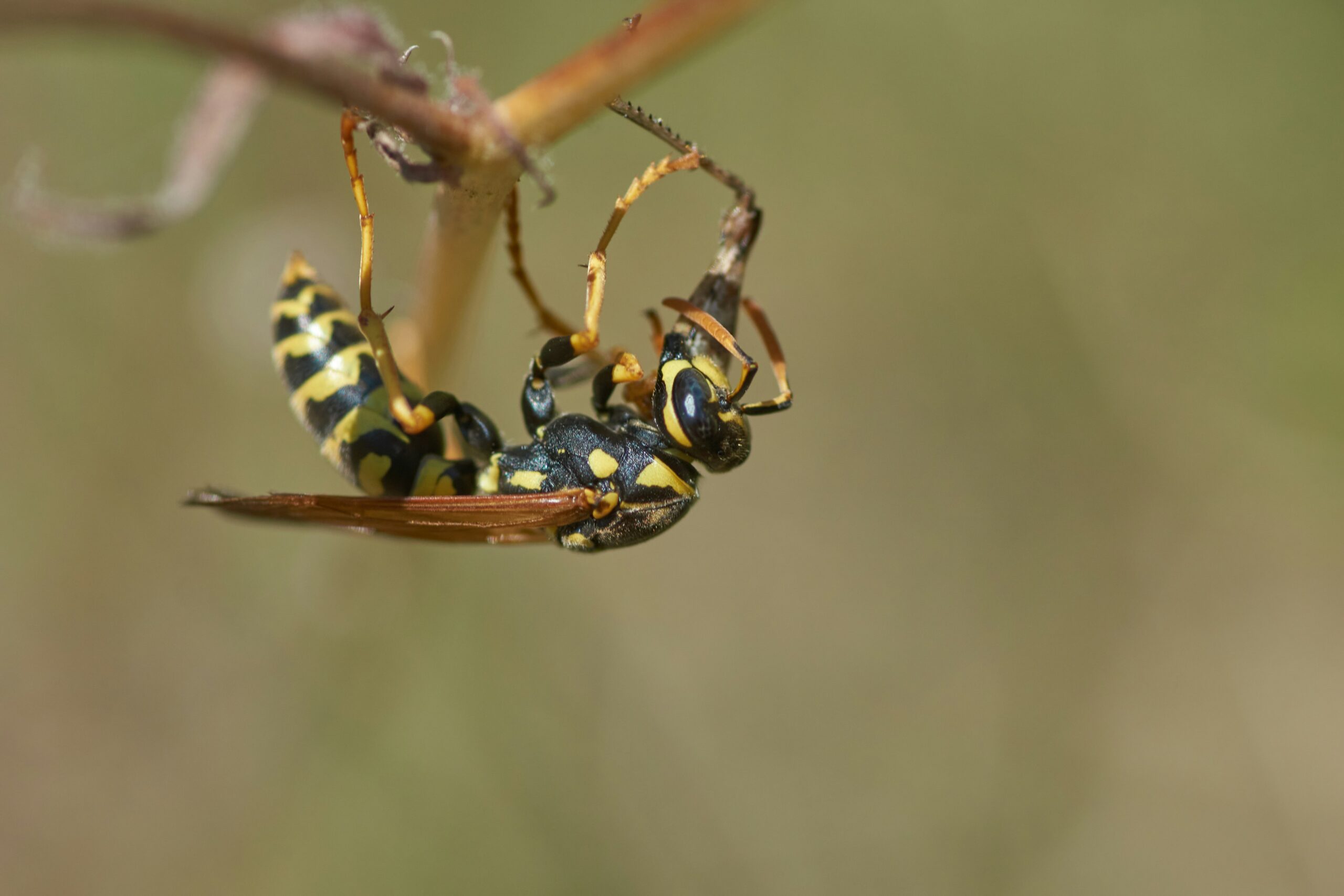
How to Get Rid of Wasps and Yellow Jackets Naturally

What Really Repels Rats & Mice?
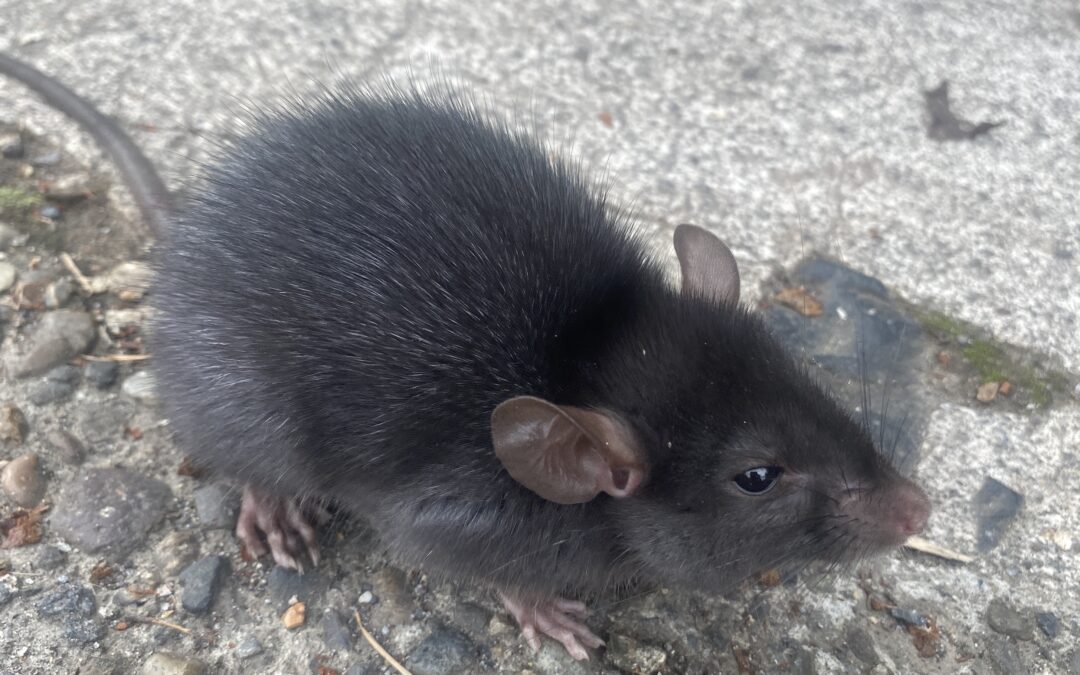
10 Ways to Get Rid of Rats without Killing Them

The 5 Best DIY Treatments for Ants (Safe for Pets)
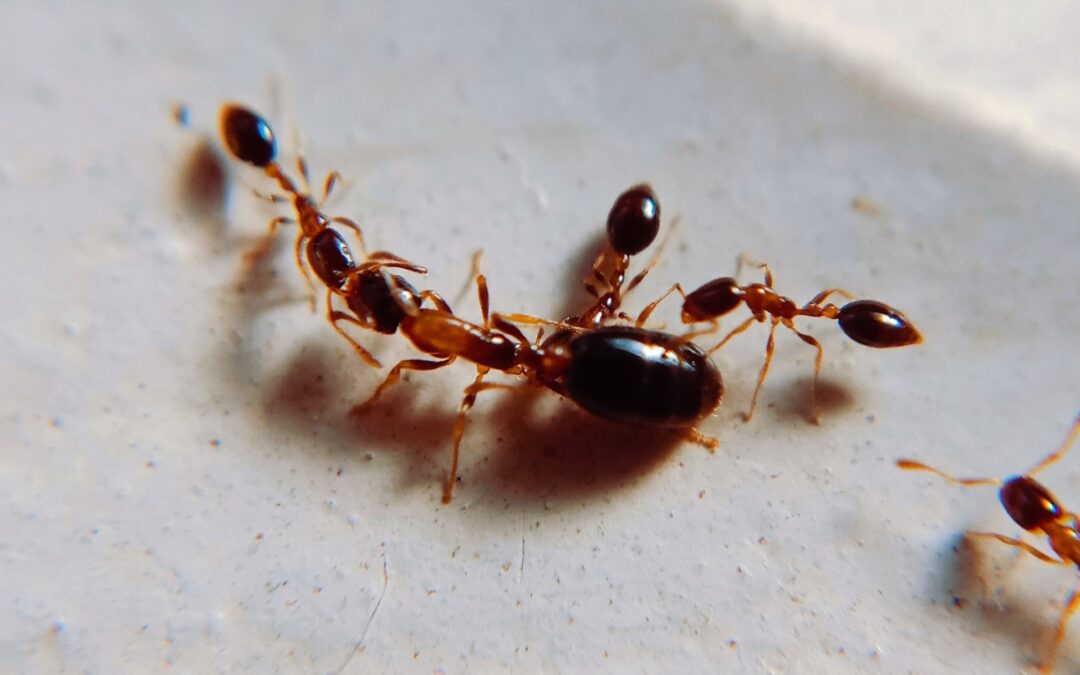
Get Rid of Ants Fast and Permanently

2 Ecological Traps to Avoid in Your Backyard Habitat

Hear Scratching in the Ceiling? – What To Do Next

How to Keep Spiders Away From the Outside of Your House

3 Highly-Effective Natural Wasp Repellents with Essential Oils

How to Get Rid of Wasp Ground Nests Guaranteed

7 Powerful Resources to Help You Reduce Pesticide Use

